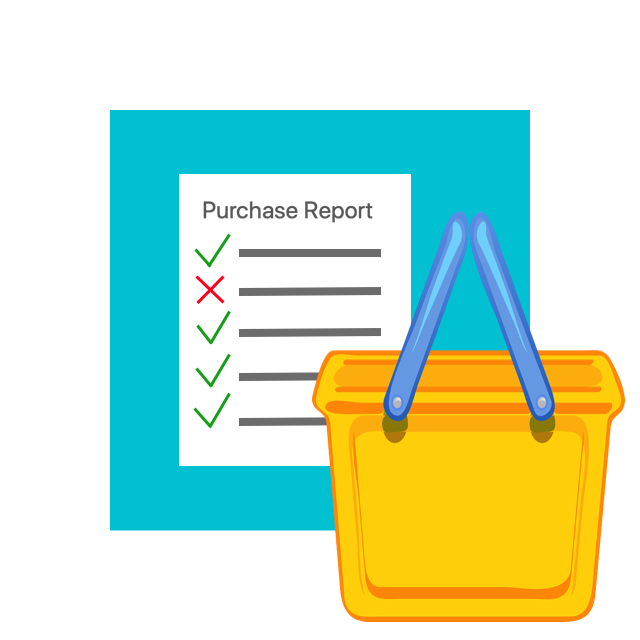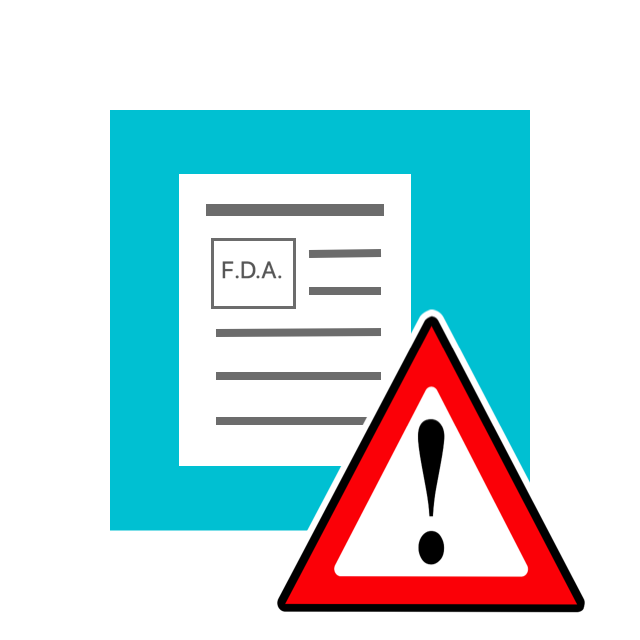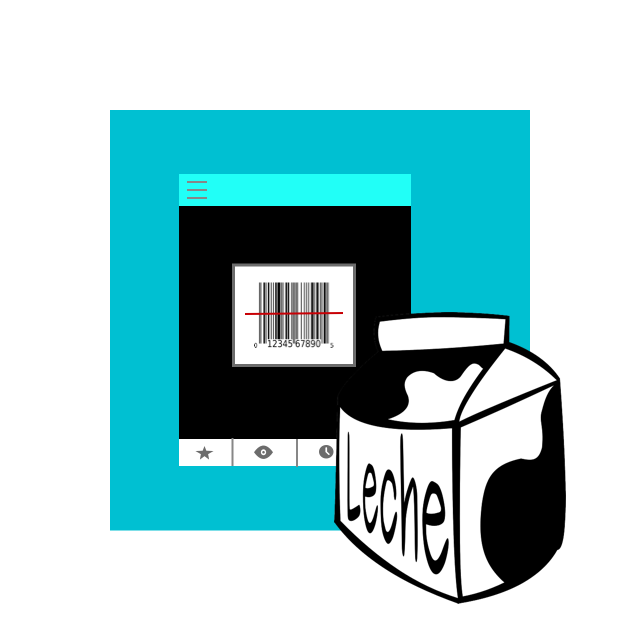
The treatment is not a cure, but can protect patients from a life-threatening reaction if they’re accidentally exposed to peanuts.
READ ARTICLE HIDE ARTICLE
Ian Bicknell’s family had been vigilant about avoiding peanuts ever since his severe peanut allergy was discovered when he was a toddler.
But the boy still ended up in the emergency room after eating at a Chinese restaurant he and his parents had been to before — likely due to cross-contamination in the kitchen.
“The paramedics called ahead to the hospital and said, ‘You need to get the chaplain to come sit with his mom because we don't think he's going to make it,’” Jennifer Bicknell, Ian’s mother, told TODAY about the incident in 2014 when he was 7.
“The ER physician told me as well that this was the worst anaphylactic reaction he had ever seen where (a person) survived.”
So when the Bicknells, who live in suburban Atlanta, found out the U.S. Food and Drug Administration approved the first treatment for children with peanut allergies earlier this year, they signed up for the regimen, which Ian started in March.
He’s now believed to be the first patient in the country since the FDA approval to reach the maintenance phase of the oral immunotherapy, called Palforzia. The drug consists of precise small amounts of peanut protein that are given to children 4 to 17 years old in increasing doses over six months to reduce their sensitivity to peanuts.
Doctors emphasize the treatment is not a cure, but can protect patients from a life-threatening anaphylactic reaction if they’re inadvertently exposed to the allergen.
“It doesn't reverse the allergy or take it away,” said Dr. Brian Vickery, director of the Food Allergy Program at Children’s Healthcare of Atlanta, an associate professor of pediatrics at Emory University and medical adviser at Food Allergy Research & Education.
“The purpose of this treatment is to protect people from accidents… You still have to drive the speed limit, but now you have a seat belt.”
About 1 million children in the U.S. have a peanut allergy and only 1 out of 5 will outgrow it, the FDA noted. For those kids, even trace amounts of peanuts can trigger symptoms such hives, stomach cramps or more dangerous reactions like constriction of the throat and airways.
This site is protected by recaptcha Privacy Policy | Terms of Service
Families considering Palforzia have to understand the treatment requires about a dozen doctor’s visits over six months, daily consumption of the drug and a commitment to do it for the rest of the child’s life — or at least until a new therapy is found.
The drug, which costs $890 per month, was covered by the Bicknells' health insurance, though they had to "jump through a whole lot of hoops" to get approved, Jennifer Bicknell said.
They shared their story to give other parents an idea of what the regimen looks like.
Vickery treated Ian, now 13, and the family headed to his office so the boy could take the first tiny doses of Palforzia under medical supervision. His mom called it “all day affair” and remembered feeling somewhat apprehensive.
“You're giving your child the allergen that you have been avoiding for years. So then to try to change your mindset that the very thing that could harm your child might actually benefit your child, it's very hard to wrap your head around,” Jennifer Bicknell said.
Ian began with a 0.5 milligram dose. Since one peanut has about 300 milligrams of peanut protein, the portion the boy ingested was equivalent to about one-six hundredth of one peanut.
Palforzia comes in powder form contained in capsules. The powder is mixed into soft food like applesauce, yogurt and pudding.
After waiting about 30 minutes to see if there were any adverse reactions, Ian received another dose, this time increased to 1 milligram. The process was repeated with ever larger doses until he reached a certain level of Palforzia — still the equivalent of a tiny fraction of one peanut. Ian was then sent home with instructions to ingest that level of the drug every day for the next two weeks.
He experienced some abdominal pain, a bit of itchy mouth and an itchy throat, but otherwise tolerated it well, his mom said.
If a child can't tolerate Palforzia during this first phase, treatment is discontinued, according to the prescribing information. It's also discontinued if a patient experiences a severe allergic reaction at any point of the regimen and resumed only with a doctor's approval.
The dose of Palforzia will be gradually increased every two weeks over the next six months. This phase requires a minimum of 11 doctor’s office visits lasting about two hours each — one visit every time the child starts to ingest the bigger dose.
If he or she tolerates it under medical supervision, it's followed by two weeks of taking that dose every day at home.
“It’s very time consuming,” Jennifer Bicknell said. “You have to be very dedicated and know what you're getting yourself into.”
She was instructed that Ian had to have a full stomach when taking Palforzia and have at least two hours of downtime afterwards, including avoiding exercise or anything that would increase his heart rate. The powder didn't taste good and sometimes didn’t make him feel good, she said.
The regimen is labor intensive and there's a lot of commitment required on the part of the family, Vickery acknowledged.
The goal is to gradually get the child to tolerate a daily dose of 300 milligrams of peanut protein, or the equivalent of one peanut.
Once patients get to 300 milligrams of Palforzia a day, they must keep taking it every day indefinitely to maintain that level of protection. If they stop the treatment, the effect will wear off, Vickery said.
Even in this phase, patients must continue to take the same precautions as before: read every food label to avoid peanuts, inform every server at a restaurant about their allergy and carry epinephrine with them all the time.
But now, accidental exposure would be much better tolerated, which gives families peace of mind, Vickery noted. Ian is doing great in maintenance and could tolerate more peanuts if he were inadvertently exposed, he added.
Ian’s family said the treatment was “absolutely 100%” worth it. He can eat food that was manufactured in a plant that processed peanuts, which he was never able to do before, and try new restaurants, his mom noted.
“He's never going to eat a peanut butter and jelly sandwich, and that's fine. He doesn't want to,” Jennifer Bicknell said. “This is just a protection.”
A. Pawlowski is a TODAY contributing editor focusing on health news and features. Previously, she was a writer, producer and editor at CNN.
Learn More from Today





